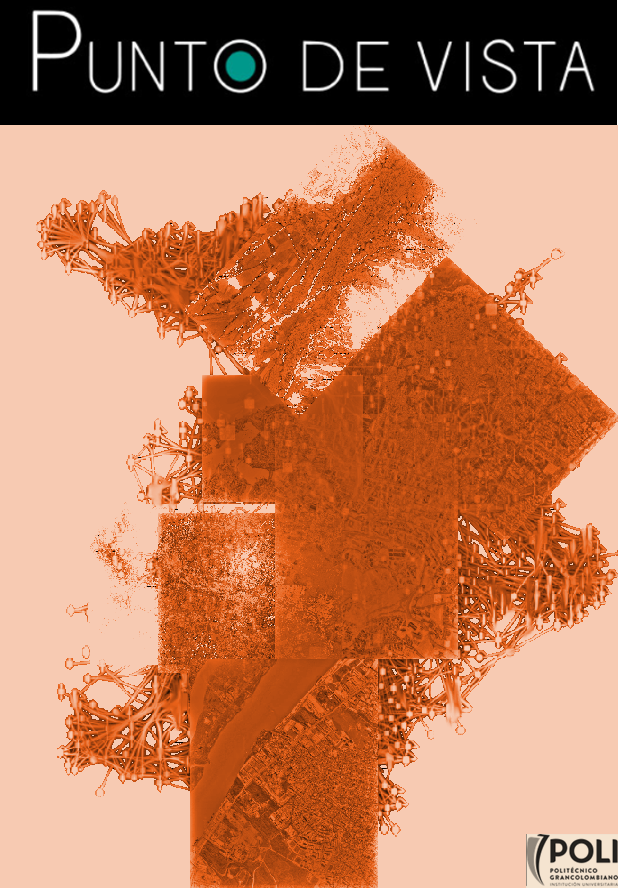Resumen
El presente proyecto investigativo disciplinar consiste en el análisis de cómo la evolución de la inteligencia artificial de 2008 al 2018, crea la necesidad de contar con un marco regulatorio internacional. Asimismo, se pretende investigar cómo los nuevos hallazgos y aplicaciones sobre la inteligencia artificial, aumenta la necesidad de consolidar las diferentes regulaciones nacionales con el fin de crear un marco regulatorio internacional, hasta ahora inexistente. Para lograr lo anteriormente descrito, se empleará una metodología cualitativa, donde la primera fase es la realización de una línea del tiempo con el objetivo de resaltar los avances y desarrollos más importantes en inteligencia artificial en la última década; la segunda fase consta de la identificación de planes nacionales sobre inteligencia artificial en África, Asia Pacifico, Oceanía, Europa del Este, América Latina, Norte América y Europa Oriental; por último, se hará un análisis comparativo entre las leyes de los regiones anteriormente mencionadas, para contrastar qué tipo de parámetros y regulaciones nacionales existen en torno a la inteligencia artificial.
Referencias
AI Singapore. (2019). AI Singapore. Recuperado de https://www.aisingapore.org/about-us/
Amador, L. (1996). Inteligencia Artificial y Sistemas Expertos. Córdoba, España: Universidad de Córdoba.
Assemblée Nationale. (08 de Octubre de 2016). La Circulation des Données et du Savoir. [Ley 1321, 2016]. https://www.legifrance.gouv.fr/affichTexte.do?cidTexte=JORFTEXT000033202746&dateTexte&categorieLien=id
Assemblée Nationale. (24 de Julio de 2019). Projet de Loi relatif à la bioéthique. [Ley 2187, 2019]. http://www.assemblee-nationale.fr/dyn/15/textes/l15b2187_projet-loi
Barton, D., Woetzel, J., Seong, J. & Tian, Q. (abril, 2017). Artificial Intelligence: implications for China. Trabajo presentado por China Development Forum de Mckinsey Global Institute, Beijing.
Brundage, M., Avin, S., Clark, J., Toner, H., Eckersley, P., Garfinkel, B., Dafoe, A., Scharre, P., Zeitzoff, T., Filar, B., Anderson, H., Roff, H., Allen, G., Steinhardt, J., Flynn, C., Ó hÉigeartaigh, S., Beard, S., Belfield, H., Farquhar, S., Lyle, C., Crootof, ... Amodei, D. (2018). The Malicious Use of Artificial Intelligence: Forecasting, Prevention, and Mitigation. arXiv.
Canadian Institute for Advanced Research. (2020). Pan-Canadian Artificial Intelligence Strategy. Canadian Institute for Advanced Research. Recuperado de https://www.cifar.ca/ai/pan-canadian-artificial-intelligence-strategy
Comisión Nacional de la Información y de las Libertades. (06 de Enero de 1978). Acta de Datos Personales. [Act 78-17, 1978]. Recuperado de https://www.cnil.fr/sites/default/files/typo/document/Act78-17VA.pdf
Comité selecto de inteligencia artificial. (2019). Plan estratégico nacional de investigación y desarrollo de la inteligencia artificial: actualización 2019. Washington D. C.: Consejo nacional de ciencia y tecnología.
Departamento de estado. (2017). Aviso del consejo de Estado sobre impresión y distribución del plan de desarrollo de inteligencia artificial de nueva generación. https://bit.ly/3v3hbWn
DLA Piper's insight. (2020). Data Protection Laws of the World. DLA Piper's Data Protection, Privacy and Security group: California.
Donnelly, K. (2018). Statement by Katy Donnelly Deputy Permanent Representative to the Conference on Disarmament. Geneva: Group of Governmental Experts on Lethal Autonomous Weapons Systems.
Dutton, T. (2018). An overview of national AI strategies. Recuperado de https://medium.com/politics-ai/an-overview-of-national-ai-strategies-2a70ec6edfd
Forbes. (2016). Why Watson IoT Platform Is Important for IBM. Recuperado de https://www.forbes.com/sites/greatspeculations/2016/11/30/why-watson-iot-platform-is-important-for-ibm/#3f9791927e95
Global Legal Research Directorate. (2019). Regulation of Artificial Intelligence in Selected Jurisdictions. Recuperado de https://www.loc.gov/law/help/artificial-intelligence/regulation-artificial-intelligence.pdf
Government of Canada. (2019). Responsible use of artificial intelligence. https://bit.ly/3v55tKQ
Government of China. (2018). Group of Governmental Experts of the High Contracting Parties to the Convention on Prohibitions or Restrictions on the Use of Certain Conventional Weapons Which May Be Deemed to Be Excessively Injurious or to Have Indiscriminate Effects. https://bit.ly/3WuXaUf
Haenlein, M., y Kaplan, A. (2019). A Brief History of Artificial Intelligence: On the Past, Present, and Future of Artificial Intelligence. California Management Review, 61(4), 5-15. doi: 10.1177/0008125619864925
Hanson Robotics. (2020). Sophia. Recuperado de https://www.hansonrobotics.com/sophia/
Highway Traffic Act. (13 de Octubre de 2015). Pilot Project - Automated Vehicles. [Ley 306, 2015]. https://bit.ly/3VbSxxm
Land Transport Authority of Singapore. (31 de diciembre de 2004). Road traffic act. [Act 26, 2004]. Do: 276
Liu, Z. (2019). International Discussions Concerning Lethal Autonomous Weapon Systems. Recuperado de https://fas.org/sgp/crs/weapons/IF11294.pdf
Mantilla, S. (2018). Hacia una estrategia nacional de Inteligencia Artificial. Santiago de Chile: instituto de estrategia internacional.
Ministère des transports. (30 de marzo de 2018). Relatif à L'expérimentation de Véhicules à Délégation de Conduite sur les Voies Publiques. [Decreto 211, 2018]. https://bit.ly/3V7sdo1
Ministerio de justicia de Nueva Zelanda. (12 de diciembre de 2019). Ley de privacidad de 1993. [Privacy Act, 1993]. Recuperado de http://www.legislation.govt.nz/act/public/1993/0028/latest/DLM296639.html
Ministry of transport of New Zealand. (2019). Current Regulatory Settings for Autonomous Vehicles. Ministry of transport. https://bit.ly/3WteVU2
National Archives of Singapore. (2017). Singapore Advisory Council. https://bit.ly/3WzpgxB
Oxford Insights. (2019). Government Artificial Intelligence Readiness Index. Canada’s International Development Research Centre: Toronto.
Romero, J., Dafonte, C., Gómez, A. y Penousal, F. (Eds). 2007. Inteligencia Artificial y computación avanzada. Santiago de Compostela, España: Fundación Alfredo Brañas.
Romero, J., Dafonte, C., Gómez, A. y Penousal, F. (Eds). 2007. Inteligencia Artificial y computación avanzada. Santiago de Compostela, España: Fundación Alfredo Brañas.
The AI Forum of New Zealand. (2018). Artificial inteligence Shaping a Future New Zealand. Auckland: The AI Forum of New Zealand.
Valencia, D. (2017). Marco jurídico para la inteligencia artificial aplicada a los robots como sistemas autónomos. Universidad Santo Tomás.
World Commission on the Ethics of Scientific Knowledge and Technology. (2017). Report of COMEST on robotics ethics. París: Organización de las Naciones Unidas para la Educación, la Ciencia y la Cultura.
Xiaotong, C. (2018). Autonomous driving can run at high speed next year; Beijing's autonomous driving development leads the country. https://www.leiphone.com/news/201810/PuctiHz

Punto de vista by Institución Universitaria Politécnico Grancolombiano is licensed under a Creative Commons Reconocimiento-NoComercial-SinObraDerivada 3.0 Unported License.
Creado a partir de la obra en http://www.poligran.edu.co/puntodevista.

